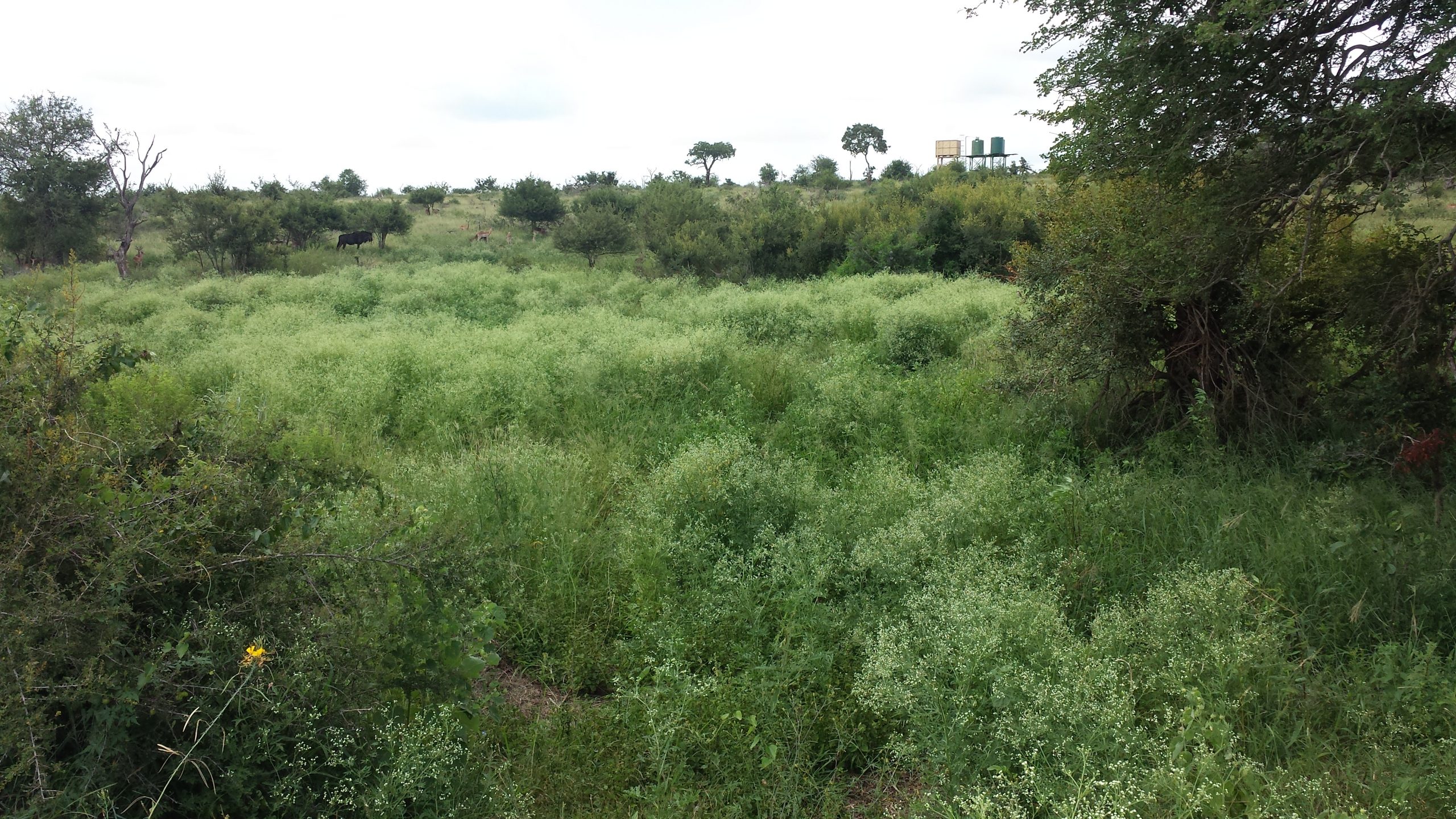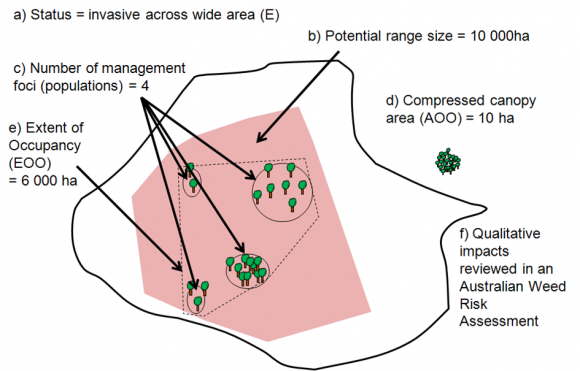5 June 2020 | By Desika Moodley
In this commentary, a group of researchers, including C∙I∙B researchers and former C∙I∙B students, argue that when protected areas containing invasive alien species (IAS) are subjected to protected area downgrading, downsizing, and degazettement (PADDD), there is a higher chance that IAS will cause environmental and socioeconomic effects.
For example, downgrading (i.e. relaxing restrictions) increases the probability of IAS establishment and spread within a protected area, downsizing (i.e. shrinking boundaries) exacerbates habitat fragmentation, and degazettement (i.e. complete loss of protection) creates ideal settings for IAS to spread after conservation measures have ceased. Consequently, downplaying the role of IAS in protected areas, in all types of habitats all over the world, is an inappropriate action because it misinforms stakeholders.
In their paper, Golden Kroner et al. suggest that legal changes (i.e. PADDD events) are the main threats to biodiversity in protected areas. They assessed the effectiveness of conserving protected areas in the United States and Amazonian countries, by examining downgrading, downsizing, and degazettement over the last 126 years, and identified industrial-scale resource extraction and local land pressure and land claims as the main drivers of biodiversity loss. Golden Kroner et al. provide an important account of the processes leading to biodiversity decline, but fail to include one of the biggest threats to terrestrial, freshwater and marine ecosystems worldwide – biological invasions.
IAS are listed second only to habitat loss and fragmentation and are among the major drivers of biodiversity loss in the recent Intergovernmental Science-Policy Platform on Biodiversity and Ecosystem Services (IPBES) report. One example of how a single invasive species can disrupt an entire ecosystem and cause extensive damage is demonstrated by the sour fig plant (Carpobrotus edulis) in the Berlengas archipelago, Portugal. It invades large areas by forming impenetrable mats of living and dead plant material, changes the dynamics of dunes by reducing the soil pH, modifies the nutrient dynamics, and prevents sand movement, all of which impedes the establishment and growth of native plants.

Other examples of the impacts caused by IAS in protected areas include the Everglades National Park in Florida, USA, which is suffering severe declines of mammalian and bird species due to the invasion of the Burmese python (Python bivittatus). Marine protected areas in Florida and parts of the Caribbean are also invaded by introduced lionfish species (Pterois miles and Pterois volitans) which are impacting communities of native fish species. Seabird colonies in Alaska’s Maritime National Wildlife Refuge were heavily impacted by non-native arctic foxes (Alopex lagopus). Lastly, following the introduction and establishment of the widespread Japanese white-eye (Zosterops japonicus) in Hawaii Volcanoes National Park, it became a vector of introduced avian malaria, a disease widely decimating native bird populations.
The situation in other parts of the world is similar, for example, in South African national parks there are over 850 known alien species, of which 263 are invasive, and the majority comprise plants, followed by insects and mammals.
“We believe that PADDD events must account for invasive alien species as an important driver of biodiversity loss in order to improve conservation science and policy in protected areas”, said Desika Moodley, lead author of the paper published in NeoBiota.
Read the paper
Moodley D, Foxcroft LC, Novoa A, Pyšková K, Pergl J, Pyšek P (2020) Invasive alien species add to the uncertain future of protected areas. NeoBiota 57: 1–5. https://doi.org/10.3897/neobiota.57.52188
Golden Kroner RE, Qin S, Cook CN, Krithivasan R, Pack SM, Bonilla OD, Cort-Kansinally KA, Coutinho B, Feng M, Martínez Garcia MI, He Y, Kennedy CJ, Lebreton C, Ledezma JC, Lovejoy TE, Luther DA, Parmanand Y, Ruíz-Agudelo CA, Yerena E, Morón Zambrano V, Mascia MB (2019) The uncertain future of protected lands and waters. Science 364: 881–886. https://doi.org/10.1126/science.aau5525
For more information, contact Desika Moodley at desikamoodley29@gmail.com



